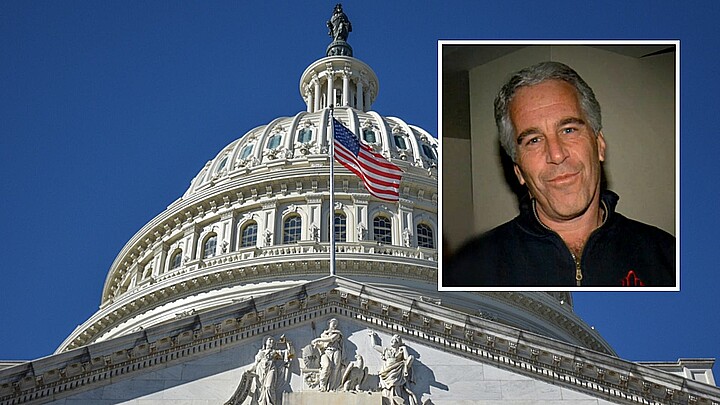Politics
Latinos are moving to Republican-led, low-tax states
Republican-led states like Texas, Florida, North Dakota and South Dakota have seen the fastest growth in their Latino populations
January 10, 2022 1:35pm
Updated: January 11, 2022 3:57pm
It is no secret that American voters have felt increasingly polarized in recent years, and the political projects of the Democratic and Republican parties are often diametrically opposed.
American voters are becoming increasingly aware that the democratic process means that changes are not always easy to achieve. Individuals are often limited in their ability to promote the policies that can make their lives better – and more prosperous.
But ballot-box-voting and political activism are not the only ways Americans can express their satisfaction (or dissatisfaction) with lawmakers and their policy priorities: individuals can also “vote with their feet,” choosing to live in jurisdictions whose policies are more in-line with their needs and priorities.
A new study from the Washington, D.C. based Tax Foundation uses U.S. Census Bureau data to show that while the United States experienced its lowest population growth in 2021 since the nation’s founding, several states saw significant shifts in population as residents moved to pursue more economically attractive jurisdictions.
According to the data, the five states (including Washington, D.C.) that lost the most residents were Washington, D.C. (D), New York (D), Illinois (D), Hawaii (D) and California (D).
Meanwhile, the five states that saw the largest gains in population were Idaho (R), Utah (R), Montana (R), Arizona (R) and South Carolina (R).
What is of note here is that while high-tax states with Democratic governors lost the largest number of residents, low-tax states with Republican governors welcomed the largest number of new residents in 2021.
According to Tax Foundation analyst Jared Walczak, “The picture painted by this population shift is a clear one of people leaving high-tax, high-cost states for lower-tax, lower-cost alternatives.”
“If we include the District of Columbia, then in the top one-third of states for population growth since the start of the pandemic (April 2020 to July 2021 data), the average combined top marginal state and local income tax rate is 3.5 percent, while in the bottom third of states, it is about 7.3 percent,” he added.
This finding appears to be consistent with a 2021 Pew Research Center poll which found that 80 percent of American voters believe a strong economy is the most important issue for lawmakers to tackle.
“People move for many reasons,” Walczak said. “Sometimes taxes are expressly part of the calculation. Often they play an indirect role by contributing to a broadly favorable economic environment. And sometimes, of course, they play little or no role. The Census data and these industry studies cannot tell us exactly why each person moved, but there is no denying a very strong correlation between low-tax, low-cost states and population growth.”
Latinos – who now appear to be evenly split between the Democratic and Republican parties – also appear to favor low-tax, Republican states.
This is especially of note as the U.S. Latino population has grown significantly in the last decade and accounted for 51 percent of the entire U.S. population growth between 2010 and 2020.
According to the Pew Research Center, although all 50 states and Washington, D.C. have seen growth in their Latino populations in the last decade, the four states that have experienced the lowest growth are Democrat-led California, New York, Illinois and New Mexico.
Meanwhile, Republican-led states like Texas, Florida, North Dakota and South Dakota saw the fastest growth in their Latino populations.










